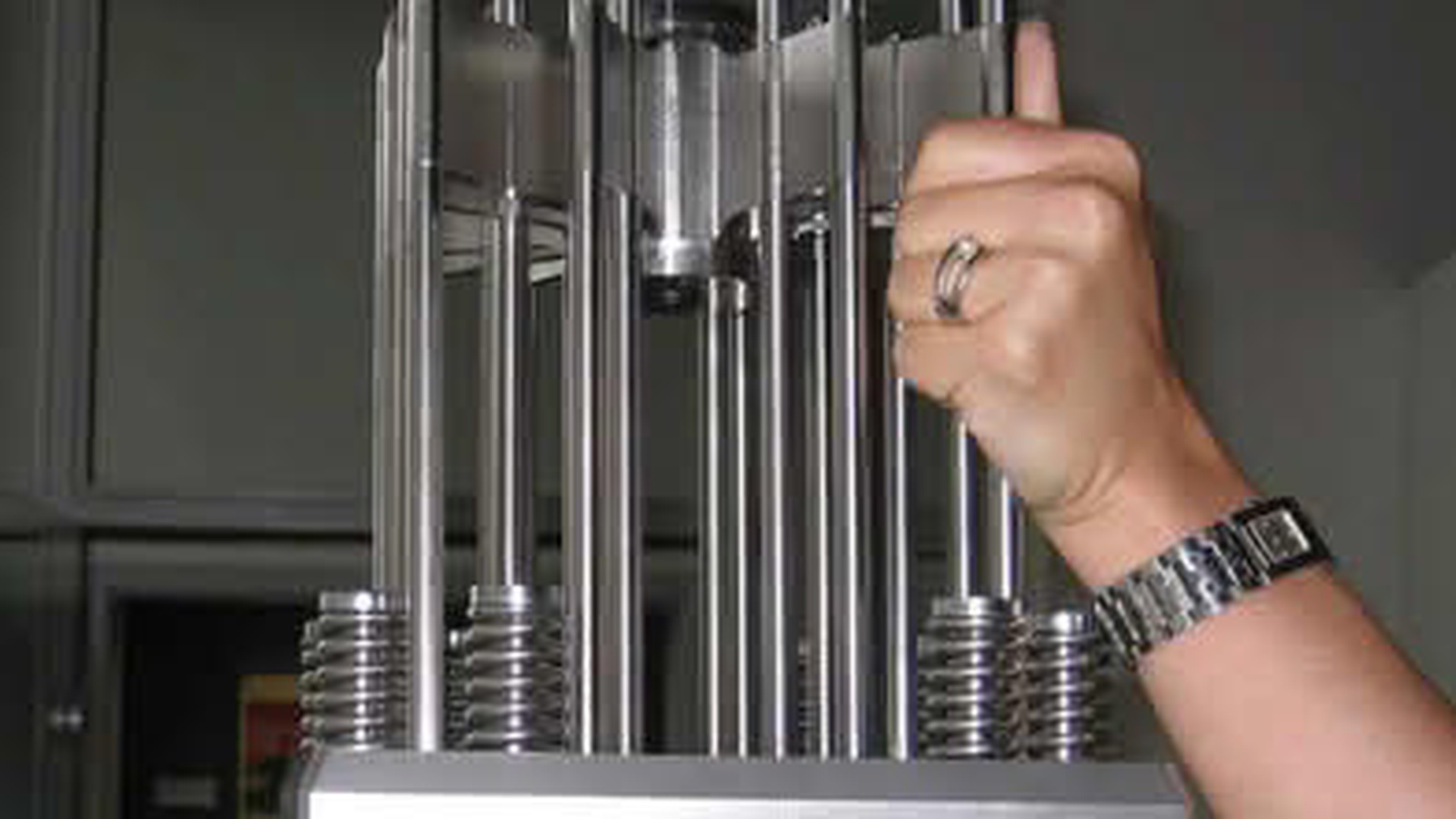

Hafnium’s natural scarcity is inherent to its production; it's typically extracted as a byproduct of zirconium, a process that yields only about one tonne of hafnium for every fifty tonnes of zirconium. This limited primary supply, coupled with its strategic importance in nuclear control rods, jet engines, and high-temperature electronics, makes hafnium highly susceptible to price volatility and supply chain disruptions. Geopolitical factors and fluctuating demand can cause significant price swings, as seen in recent years. In this landscape, recycled hafnium emerges as a highly attractive and more stable alternative, reducing reliance on finite primary sources and mitigating market risks.
The global hafnium market is experiencing robust growth, propelled by its expanding adoption in high-temperature superalloys, nuclear reactor control rods, and gate oxides in semiconductors. Projections indicate significant expansion with the hafnium metal market, valued at USD 425.23 Million in 2024, expected to reach USD 931.21 Million by 2033, demonstrating a substantial Compound Annual Growth Rate (CAGR) of 9.35% from 2025 to 2033. This upward trajectory is further fueled by ongoing investments in critical areas such as space defense systems, small modular reactors, and advanced chip fabrication
Hafnium's supply is tightly linked to zirconium production, a dependency that inherently limits its scalability despite growing demand. This structural constraint contributes to significant price volatility in the market. For instance, hafnium prices experienced a massive surge of +165.32% from January 2022 to July 2025, even with a short-term decline observed in 2024. Furthermore, notable regional price variations exist, reflecting differences in sector-specific demand and raw material availability. In Q2 2025, for example, hafnium metal prices in the USA were significantly higher than in China, highlighting the fragmented nature of the global supply chain and the impact of localized demand.
In various industries, identifying hafnium-containing scrap is essential for unlocking its value, particularly for industrial recyclers, aerospace firms, and metal recovery professionals. One of the primary sources of hafnium is the aerospace and defense industries, where it plays a crucial role in high-performance superalloys. These alloys are essential for turbine blades, engine parts, and other structural components found in advanced aircraft and defense systems. End-of-life or damaged parts resulting from maintenance and overhaul operations present excellent opportunities for recovery.
Another significant source of hafnium is the nuclear sector, where its neutron-absorbing properties make it ideal for use in control rods for power reactors. Spent control rods, along with failed components and miscellaneous maintenance scrap from nuclear facilities, contribute to a considerable source of hafnium.
In the realm of electronics, hafnium oxide serves as a vital high-k dielectric material in advanced semiconductors and dielectric capacitors. This material is found in a variety of high-performance electronics, ranging from high-speed processors to specialized memory chips, highlighting its importance in modern technology.
Lastly, in specialty manufacturing, hafnium is prized for its durability and high melting point, which leads to its use in plasma-cutting tools, particularly in electrodes, as well as in refractory equipment, high-temperature ceramics, and advanced coatings designed for extreme environments. Each of these sectors underscores the significance of hafnium’s role in enhancing performance and efficiency across diverse applications.
Recovering hafnium from scrap is not without its complexities. A primary challenge lies in scrap identification, as hafnium is often alloyed with other metals, such as nickel or zirconium, making simple visual or even basic material identification difficult. Separating hafnium from these complex alloys, especially from its chemically similar cousin zirconium, requires sophisticated sorting and advanced metallurgical techniques, including high-temperature smelting and refining processes like Electron Beam Melting and Refining.
Despite these technical hurdles, the payoff is significant. Hafnium scrap carries a high per-kilogram value, making its recovery economically rewarding. Beyond the direct financial gains, recycling hafnium significantly reduces the industry’s dependence on limited primary sources, contributing to supply chain resilience and environmental sustainability.
The valuable hafnium hidden within industrial waste streams often remains untapped. To truly unlock this strategic resource, partnering with specialized recyclers possessing the expertise and technology for complex metal recovery is crucial.
Quest Metals stands as a leader in strategic scrap recovery, offering extensive experience in identifying, processing, and refining high-value, high-temperature alloys and minor metals, including hafnium. Quest Metals can efficiently process complex hafnium-bearing scrap, even when mixed with challenging impurities like zirconium, to recover high-purity material. By auditing your metal waste streams and collaborating with experts like Quest Metals, industries can transform what was once considered waste into a valuable asset, contributing to both economic gain and a more sustainable future for critical material supply.